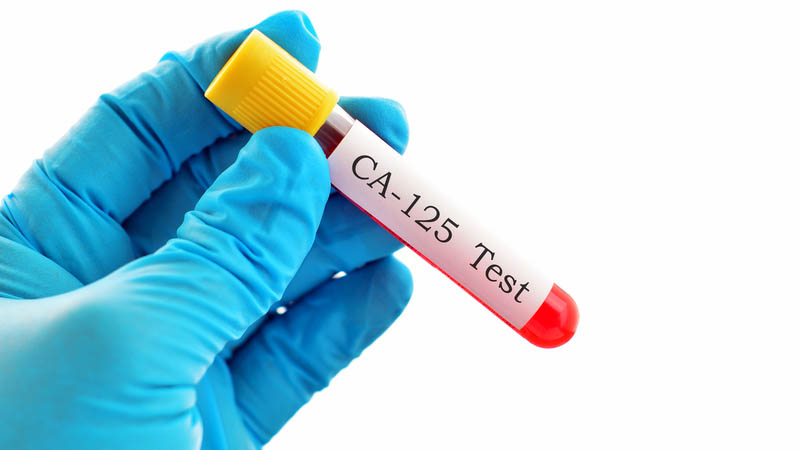Borderline ovarian tumors – diagnosis, treatment and follow-up
Piotr Sobiczewski1, Jolanta Kupryjańczyk2, Beata Śpiewankiewicz1
 Affiliacja i adres do korespondencji
Affiliacja i adres do korespondencjiTumors of borderline malignancy account for approximately 20% of all ovarian tumors. Their diagnostic criteria mainly include: the absence of destructive stromal invasion, stratification of epithelial cells, moderate mitotic activity and non-intensified nuclear atypia. The mainstay of treatment is surgery. Indications for radical treatment include older patient’s age and considerable advancement of the disease. The surgery should involve hysterectomy with salpingo-oophorectomy and removal of all macroscopic tumor foci as well as staging, which includes: peritoneal fluid sampling, omentectomy and peritoneal biopsy. Adjuvant treatment is not recommended except for cases with invasive implants. Over 50% of patients with borderline tumors are women at the child-bearing age. In these patients, the wish to preserve fertility should be considered. Conservative treatment consists of tumor removal, preservation of the uterus and at least a part of one ovary as well as staging. The follow-up period should be long since the disease can recur after several or even a dozen or so years. Patients with risk factors (advanced FIGO stage, presence of implants, incomplete staging or a residual tumor mass) should be followed every 3–4 months for the first 2 years, and subsequently, every 6 months. A similar follow-up pattern is recommended in patients after conservative treatment, particularly because most recurrences typically occur within the first 2 years after surgery. The total frequency of relapse is approximately 10–11%. These cases usually involve recurring borderline tumors, but approximately 30% are invasive (2.5–3% of malignant transformation). Conservative treatment is associated with a higher risk of relapse (up to 35%). However, in such cases, tumors are usually of borderline malignancy and can be effectively managed surgically. Invasive relapse is associated with poor prognosis.









